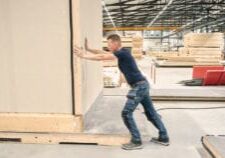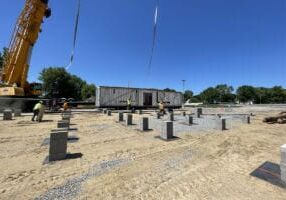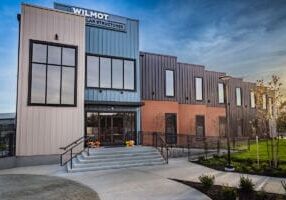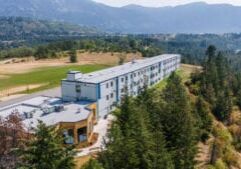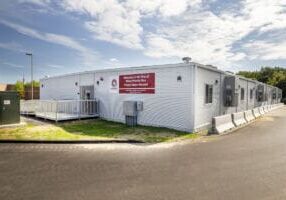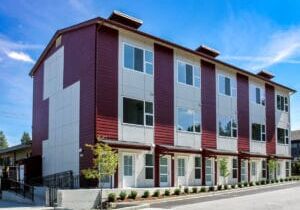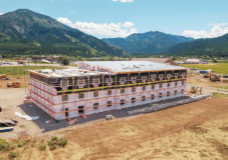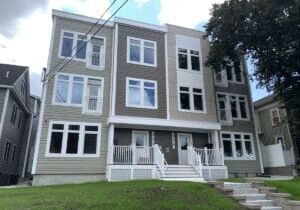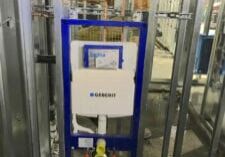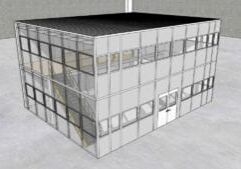Modular Construction for Workforce Housing
The need for workforce housing is rising, driven by growing populations and the necessity to support employees in various industries. Traditional construction methods often fall short in delivering timely and affordable housing solutions. Modular workforce housing, however, presents a transformative approach, addressing these challenges efficiently while also meeting quality standards and sustainability goals.
Modular Construction for Workforce Housing
Modular workforce housing offers several significant advantages for workforce housing projects:
- Reduced Construction Time: By manufacturing modules off-site and assembling them on location, modular construction drastically cuts down the overall construction timeline. This parallel process allows site preparation and module fabrication to occur simultaneously.
- Cost Savings: Faster construction times translate to lower labor costs and earlier occupancy, reducing financial strain. Modular construction also benefits from economies of scale, further driving down expenses.
- Enhanced Quality Control: Building in a factory-controlled environment ensures each module meets high-quality standards, reducing errors and defects commonly associated with on-site construction.
- Sustainability: Modular construction minimizes waste and promotes the use of sustainable materials and energy-efficient designs. The reduced construction time also lessens the environmental impact of prolonged on-site activities.
Emerging Trends and Future Potential
Smart Technologies
Integration of smart home features improves living conditions, offering convenience and energy savings.
Sustainable Practices
Increased focus on using eco-friendly materials and designs that promote energy efficiency and reduce environmental impact.
Customization and Flexibility
Modular construction allows for customizable designs, enabling developers to meet specific housing needs and preferences.
The industry's commitment to innovation ensures that modular construction will continue to provide scalable, efficient, and sustainable housing solutions for the workforce. By adopting these practices, developers can address urgent housing needs while promoting environmental stewardship.
MBI Members' Success Stories
The Modular Building Institute (MBI) showcases numerous success stories, demonstrating modular construction's effectiveness in modular workforce housing:

Vance AFB Fire Crew Quarters – This project provided rapid, high-quality housing for fire crew members at Vance Air Force Base. The modular approach ensured a swift construction timeline and met stringent quality standards. The project highlighted the use of sustainable materials and efficient design practices.

Narembeen Accommodation Village – Built for a gold mining operation in Australia, these prefabricated workers accommodation buildings house 120 workers, featuring single-person quarters, recreation rooms, and a wastewater treatment plant. The modular construction method allowed for quick assembly and integration with the local community, demonstrating modular's adaptability and efficiency in remote locations.

Powderlight - Located in Big Sky, Montana, this workforce housing project spans 93,722 square feet and includes four- and five-bedroom units. The use of modular construction allowed for an efficient building process, resulting in high-quality, energy-efficient homes. The project was designed to be aesthetically pleasing, with features that mimic the surrounding landscape, and it incorporated advanced mechanical systems to ensure comfort in a challenging climate.
Find Builders for Workforce Housing
Explore how modular solutions can meet your workforce housing needs by visiting the Modular Building Institute.

